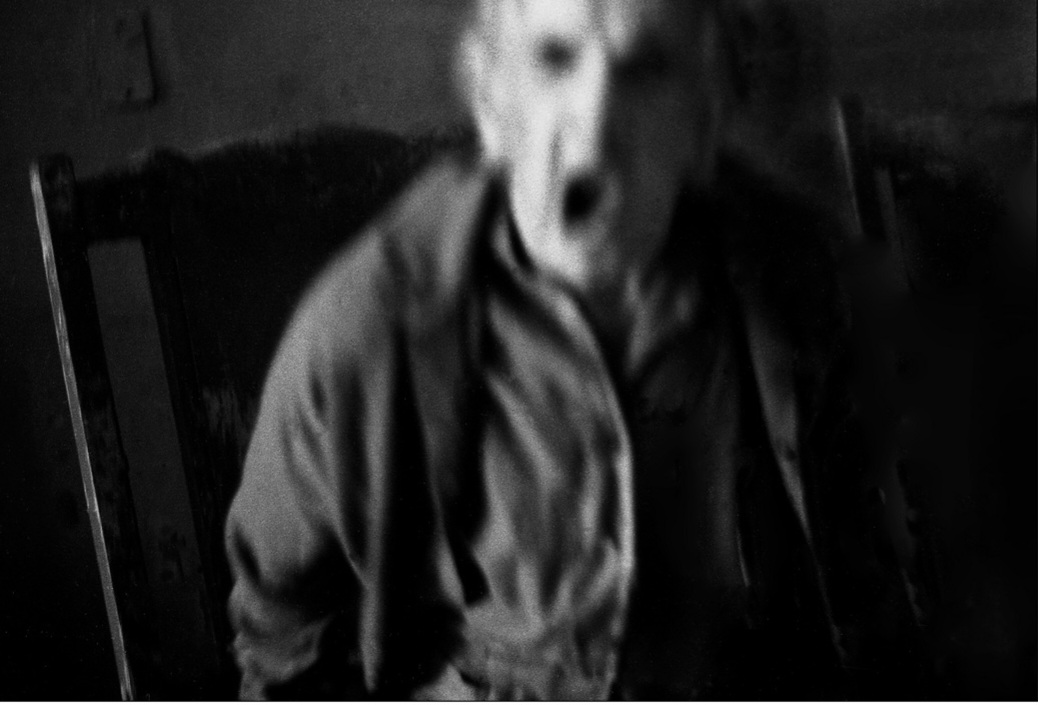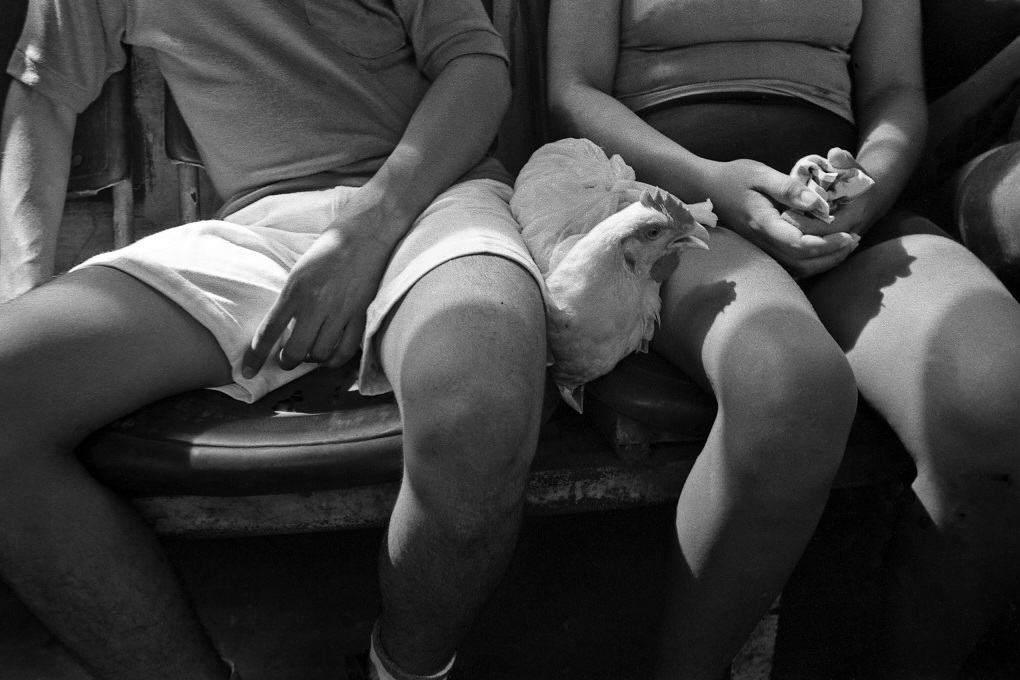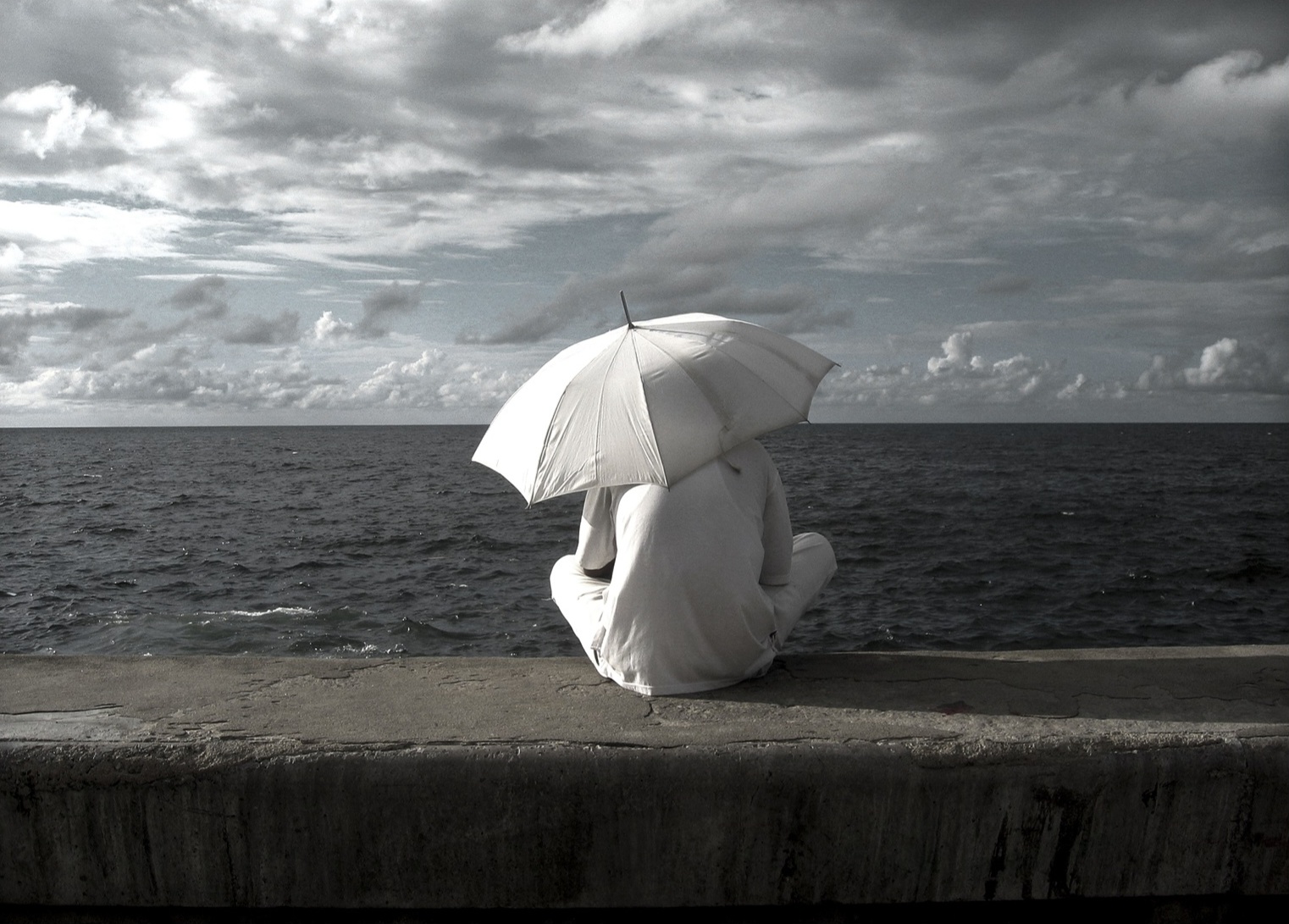Lissette Solórzano (1969) lives and works in Havana. She graduated from the Cuban Higher Institute of Industrial Design (ISDI). She also has a master’s degree in Microsoft from the Cristóbal Colón University, Veracruz, Mexico (2011-2012). During 2000 she participated in several workshops organized by the University of Photography of Maine, United States. In 2010 she was selected by the U.S. gallery Cara & Cabezas for an artistic residency.
Her works have been included in the following catalogs and books: Navigating the Waves (2024); Act of Sight (2022); The Light in Cuban Eyes (2015) and Our Mothers (1996).
The following public and private institutions have incorporated pieces by this artist into their collections: Casa de las Américas, Photographic Library of Cuba, Center for Cuban Studies in NY, Harvard University, Museum of the Americas in Denver, The Gallery (Milan and Washington DC), Brevard Art Museum, Plonsker Family Collection, National Museum of Art of the Philippines, National Center of Photography of Venezuela, Jenkins Johnson Gallery NY-San Francisco, Colby College Museum of Art, Tsiaras Family Art Collection, Museum of Fine Art Houston and Florida International University (FIU).
Lissette’s work is eminently testimonial, although lately, she has moved, without abandoning her documentary vocation, to more experimental planes.
Here is her artist’s statement, and some comments on the series to which the images she wanted to share with our readers belong:
“The observation and recognition of physical spaces and the traces created by human beings in their daily behavior influence almost all of my work. Through photographed objects and spaces, I represent the wealth of details in a wide range of sensations. I delight in the textures and materials they provide me to create an undeniable impact on the pieces at a formal level. There comes a time when the work begins to abandon the narrative to enter that terrain where silence grows and rises and suspends us. I am concerned with the documentation of all the fragments that make up the life that inhabits it and I highlight them as expressive resources, precise dimensions of human use and behavior.”
Made in Cuba (1990-2009)
“Within large historical spaces of time, the mode and manner of their sensory perception are modified, along with the entire existence of human communities.” (Walter Benjamin)
The photos in this series reveal particularities of our cultural identity, utopian promises and a critical potential on the dizzying socioeconomic transformations that would later occur.
Made in Cuba is made up of 100 images printed on photographic paper, with a dimension of 16” x 12”. 10 editions.





El gran jardín (2021) (in progress)
Of this series, the curator and critic Nelson Herrera has said:
“El gran jardín, manipulated photographs by Lissette Solórzano, represents an important turn or change in the trajectory of her career in the field of contemporary Cuban photography. From her beginnings, interested in testimonial photography of colonial architectural ancestry, to her spatial interventions with an object and installation character, in large formats and black and white images, she now unfolds in pictorial perspectives of contrasting colors in superimposed layers, without abandoning what is traditionally photographic, which results in a surprising and unusual hybridity. Lissette leaps forward and sets out to explore new techniques and optical structures, with great freedom and ease.”




Fantasmas efímeros (1992)
Following an impulse of identification with old age, the faces, in their own space and context, speak of loneliness, the passing of time, and the proximity to death. Fantasmas efímeros warns of a problem of human existence and its alarming implications in our days.
Photographic essay composed of 10 works in black and white, printed in silver on gelatin, with a dimension of 16” x 12”. It was conceived in 1990, in a small Cuban State nursing home, located in Centro Habana.
The first works were printed in 1991. Fantasmas… got a mention in the Photographic Essay Prize, Casa de las Américas, Havana, in 1994.


Ferrocarril (2002)
This installation piece contains our ontological dreams of movement, of movement, of evolution, our faith in a “better” tomorrow, sustained not so much in this imposing symbol of the industrial revolution, the locomotive, but in something simpler and more primordial: ourselves. We understand history unusually not as a series of successive events with a progressive relationship, but as related events, betraying their apparent chronology, becoming transparent randomly. Together with all these people traveling in this car, we are trapped in their gestures, in their unalterable postures, traveling incessantly towards that unreachable point in the infinite where both lines magically join.
For the exhibition Ferrocarril (2002), the galleries were adapted with rails, music and sound effects. The images of the train, which reveal an astonishing diversity of people and situations, were made in a single day, while traveling on the line that goes from Tulipán, in the Cerro municipality of Havana, to San Antonio de los Baños, on the outskirts of the city.


Paisajes urbanos (2007-2009)
It is a series where I recreate new meanings of that chameleon-like city through images. I reveal objects that prevail in the city, transmuting their meanings.
At the same time, I explore the scenarios, like a large container that the human being transforms every day.

Havana Coastlines (2004-2005). Lorenzo el Magnífico Award, Florence Biennial (2017)
Following the award, the critic Noel Nápoles gave Solórzano these words:
“Leap Into the Void, by Yves Klein, is recontextualized. It is not a street, it is the sea; it is not Europe, it is Cuba; it is not the 1960s, it is the present. The essence of the gesture, however, is the same: to capture in a frame the film of human existence. Above all, the defining moment in which we overflow being to preserve being. Invisible tension between the fleeting gesture and the lasting image. Frozen movement that suspends life. Eternal sigh. For an instant, leap over the wall, float in the air, contemplate the waves that will swallow us in an instant. Forever, ignoring the eye that looks at us, the finger that closes the shutter, the lens that captures that moment forever. Malecón is a leap, but not into the void, but into the international Klein blue that surrounds the island of Cuba.”








